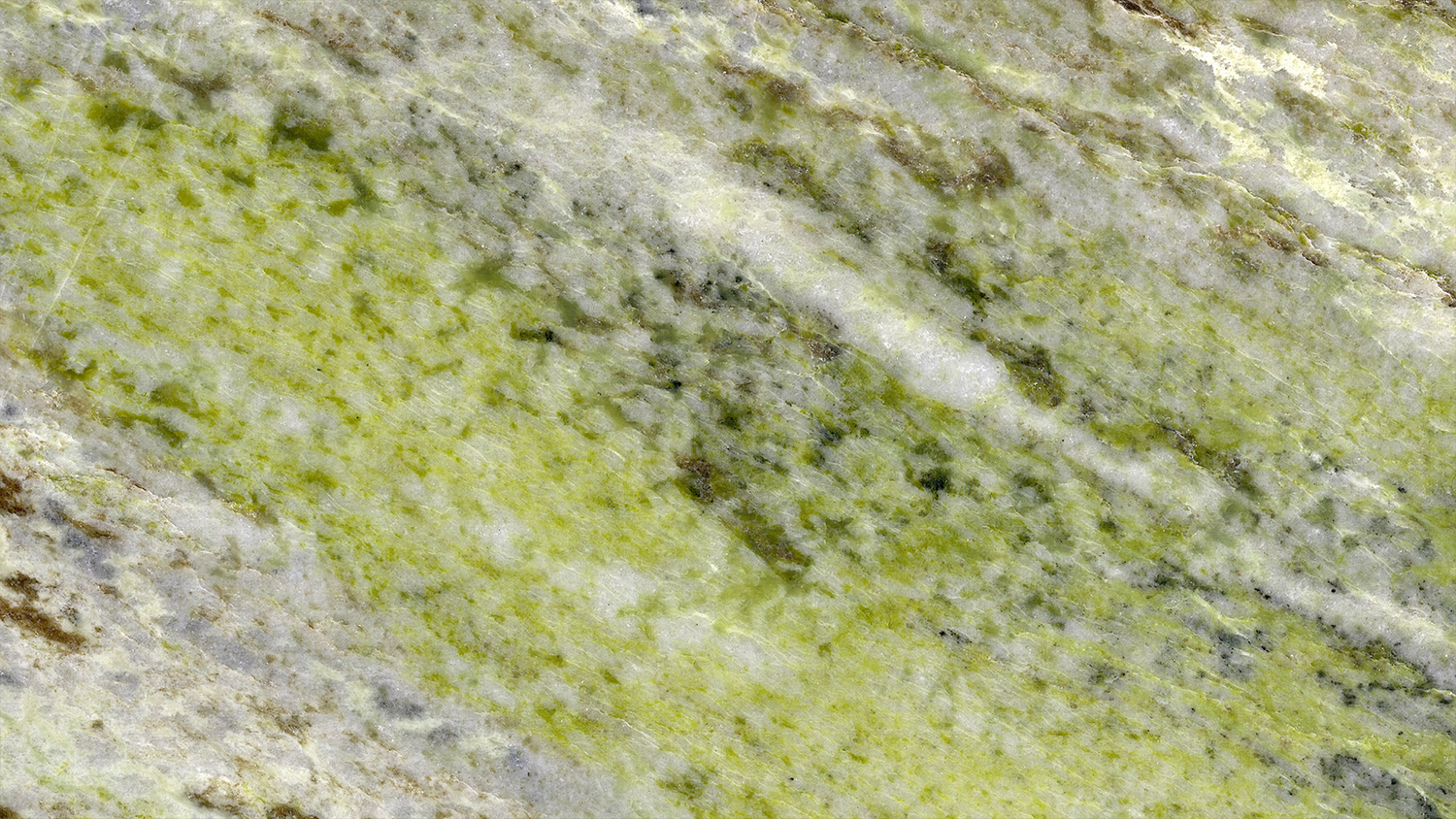
Marble
Natural Marble is not manufactured. Rather, it is a stone that occurs naturally in many locations worldwide. It has a beautiful appearance and is considered a soft stone. Although marble is soft compared to other natural stones, it is highly valued by many. Its elegant veining patterns and often times "soft" color variations make marble a choice for many.
A Variety of Options
When it comes to marble, there are a number of options from which to choose. In fact, marble can originate form many countries. Additionally, the kinds of marble from each country is variable as well. Some of the areas that produce marble include:
- Belgium
- Czech Republic
- France
- Germany
- Greece
- Ireland
- Italy
- Macedonia
- Norway
- Romania
- Poland
- Portugal
- Russia
- Spain
- Sweden
- United States
- New Zealand
So, the resources for acquiring marble are diverse indeed. Let's briefly take a look at just one country marble can originate from; Italy.
Italian Marble Options
Italy offers a nice selection of marble. Available in a number of types, Italian marble provides natural stone lovers the following options:
- Botticino Marble
- Carrara marble
- Pavonazzo marble
- Siena marble
- Red Verona marble
- Rosso di Levanto marble
- Calacatta Marble
How to Install Natural Marble
Looking to install Marble in your kitchen? If so, you may be interested in learning about the installation process. Knowing about the installation process can be beneficial regardless of whether you are hiring a contractor or doing the install yourself. So let's take a look at what goes into installing marble for your hard surfaces in your kitchen.
One of the first things to gain knowledge of regarding your marble install is the process itself. If you know what to expect from the process, it can help you make clear sense of other aspects of the install. Things like pricing, timing, and the scope of what you are having done play a big part in comprehending the installation.
- Having the proper tools - if you are installing the marble yourself, you will need to be sure you have the proper tools and supplies before you begin the installation process. On the other hand, if you are having a contractor install it, the fabrication professional has most likely already invested in these tools and has them.
- Measure your space - measure out the stone and mark the slab(s) for cutouts like the sink hole and the faucet holes. This can be tricky and will require more tools. In fact, the additional tools are specifically made for this purpose.
- Setting the Marble - after measuring the area to see where the cuts need to be made, lay out your Natural Marble on the base without any adhesive. This will allow you to get a good idea of how well the Marble will fit.
- Install your backsplash - if you have elected to have a backsplash installed with your Natural Marble surface, you will install it after the surface has been installed. Choosing the proper backsplash for your natural Marble surface plays a key role in the appeal of your project.
Installing Marble countertops is not an afternoon project. As a matter of fact, the whole process can take multiple days. This is because making a mistake can result in a large setback or even ruin the entire project altogether. So, if you are installing your stone yourself, be sure you set aside plenty of time for the task so you can give careful attention to the job. Otherwise, you may end up overloading yourself and having to hire a fabricator anyway. Additionally, if you are going the do-it-yourself route, be sure you have the correct tools for the job; all of which are available through distributors you can find here on our website.
Tools for Installing Natural Marble
Tools for
installing natural stone countertops are available from Weha USA. The type of material you are installing will influence the tools you will need for the project. Having the knowledge and skills to install the surface is good. When you go to install the slab, be sure you have all the right tools for the project so the project will run smoothly. Here are some reminders for installing marble.
Make certain that you use an appropriate blade for cutting Marble. It may be tempting to think that since marble is a softer stone than some of the others, you do not need a blade specifically designed for cutting marble. However, designing blades for cutting stone is more complex than just making the blade cut a harder material. There are other dynamics involved in addition to hardness.
Reminders for Installing Natural Marble
- Know which type of edge you (or the customer) want(s) on the countertop when the material is installed.
- Do you have the proper sink clips that are needed for the installation?
- What type of sink will the countertop have? Is there one in particular that compliments the Marble collection you are installing?
- Make sure you are all set on dry polishing pads just in case you have to touch up the surface during the install. For more information on when dry pads are needed, be cure to check out Wet and Dry Polishing, a Comparison
- If there is an overhang, have you included the the correct quality countertop support brackets for the installation?